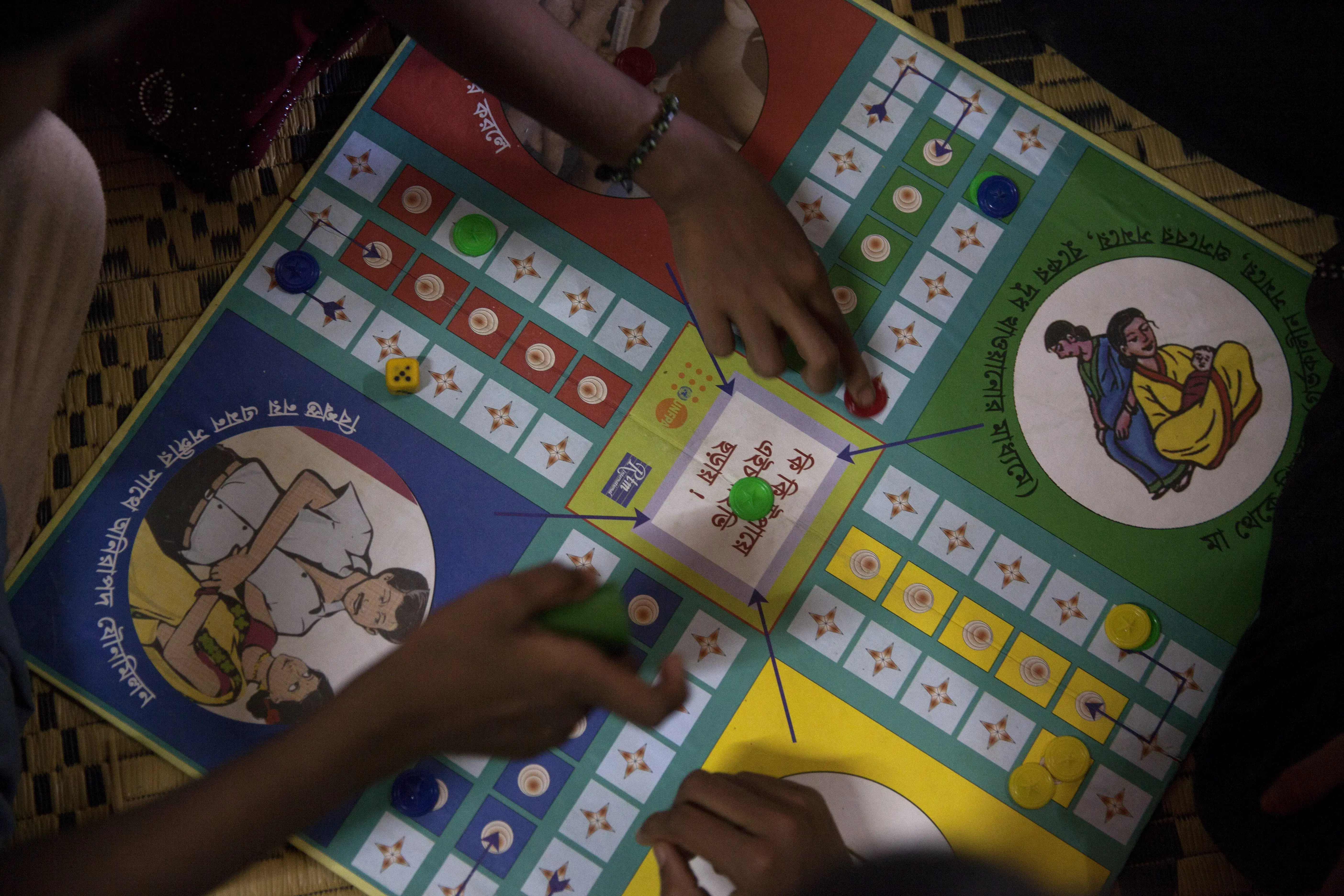Demographic dividends (DDs) are economic benefits that arise from favorable changes in population age structure and other demographic forces, enhancing opportunities for rapid economic growth. Amid falling fertility, the age-dependency ratio in Bangladesh continues to drop from as high as 90 in the 1980s to 53 in 2022, signifying that there are fewer dependent children and elderly relative to the workforce aged 18-64. This historic change in age structure frees up resources for increased investment in health and education, and the country enjoys the 1st DD to some extent. However, the country invests about 2% of its GDP in education and 2 to 3 percent of GDP in health, far less than the benchmark 5%.
Bangladesh can fully utilize its demographic window by increasing budgets in health and education sectors and creating paths for women to participate in the formal labor force, increasing both quantity and quality of labor supply. While the 1st DD is a time-bound opportunity, it can be prolonged by promoting pro-growth investment and human capital development. Such pragmatic policies would help enhance the prospects for the 2nd DD, which is highly dependent on productivity growth, particularly capital productivity when labour market and labor productivity shrink owing to an aging population.


